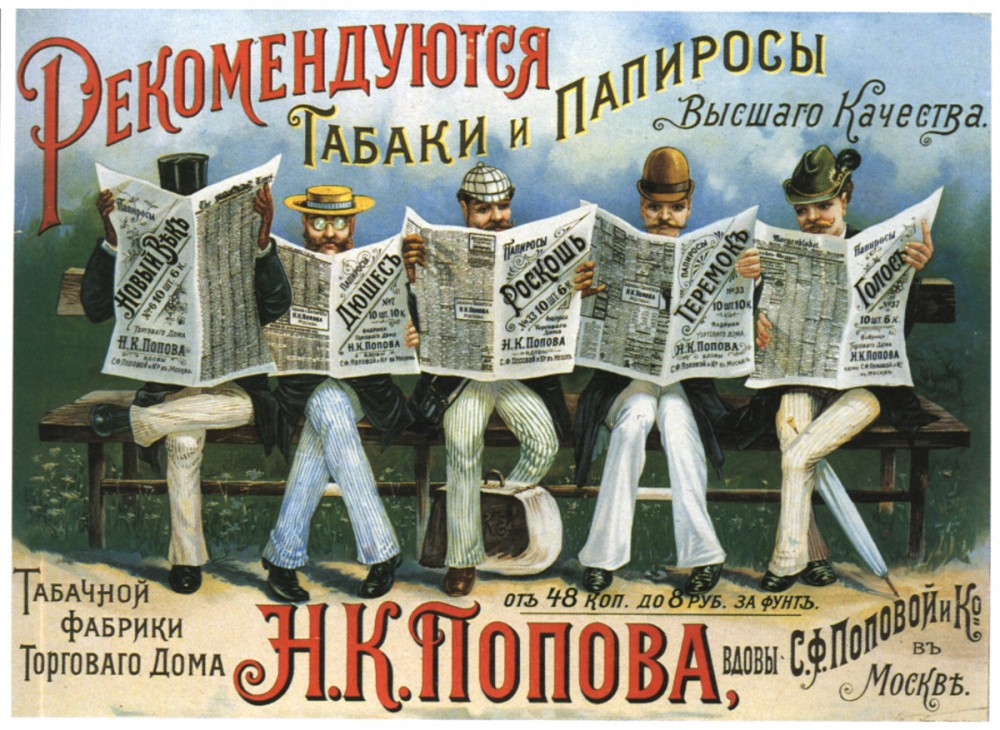
The article discusses the possibilities of a conceptual approach to the study of the history of everyday life through the study of tobacco advertising of a specific period. A brief overview of the existing tools for studying the history of everyday life and advertising is given, on the basis of which a methodology for studying the mass mentality of the time period under consideration is derived through a socio-psychological analysis of contemporary advertising materials. Within the framework of the existing classifications adopted in the psychology and sociology of advertising, the main motives used by the advertisers of the 19th century in their creatives are highlighted, the specifics of the reception of such common elements of the selling narrative as the motives of health, reliability, convenience, comfort, etc., as well as specific semantic accents unique to this era, to for example, the use of a military-patriotic narrative for the aestheticisation and heroisation of products absolutely unrelated to the defense sphere. Conclusions are drawn about the elements of similarity and difference between modern patterns of perception of the selling narrative and those relevant for the 19th century, and the specifics characteristic only of the latter are also highlighted: the use of children’s images as a symbolic unit to denote a weak and vulnerable adult, the inseparable connection in the mass consciousness of patriotic and military narratives, etc. Special attention is paid to the aspects of advertising related to the trend of female emancipation relevant for the period under consideration, in which female smoking became a kind of element of the symbolic equation with the male part of society through the appropriation of conventionally masculine habits. As a result of the analysis, the prospect of further studying the advertising of goods of status and leisure consumption as sources on the history of everyday life in Russia of the 19th century opens up by examining the details of their design (visual code in its stylistic and symbolic aspects) and content, as well as those addressed by the advertiser in his work. Through the elements of the selling narrative, it is proposed to consider the mental aspects of the era, ethical and aesthetic value systems adopted among representatives of various target audience groups.
Source: Solopov A. P. (2023). Tobacco advertising as a source for studying the everyday life of Russian cities at the turn of the 19th–20th centuries. Journal of the Belarusian State University. History. 1: 82-92
Source web-site: https://journals.bsu.by/index.php/history/article/view/5213/5352
Number of views: 1137